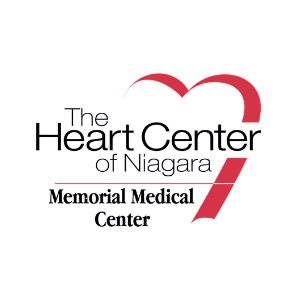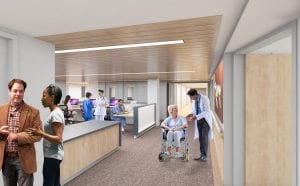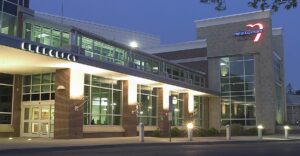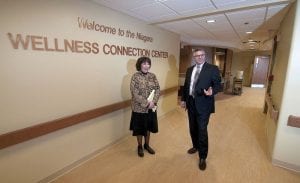Coronary Artery Disease

Coronary Artery Disease

Coronary artery disease is caused by plaque buildup along the walls of the coronary arteries, the arteries that supply blood to your heart. Over time, the plaque buildup could cause narrowing or blockage of the coronary arteries, a major reason for a heart attack. This build-up is called atherosclerosis.
This makes it difficult for blood to deliver oxygen to vital organs and the brain and can also lead to blood clotting. Coronary Artery Disease is the most common heart disease and leading cause of death in the U.S. For both men and women.
Risk Factors of Coronary Artery Disease:

Being overweight

Unhealthy eating

High blood pressure

Lack of physical activity

Smoking

Age

Family history of heart disease

Diabetes

Symptoms
Coronary Artery Disease tends to lead to other complications and conditions, and may be the root cause. Some general symptoms include:

Upper body discomfort in one or both arms, the back, neck, jaw, or upper part of the stomach

Shortness of breath, which may occur with or before chest discomfort

Nausea (feeling sick to your stomach), vomiting, light-headedness or fainting, or breaking out in a cold sweat

Sleep problems, fatigue (tiredness), or lack of energy

Minutes Matter
However, if you have the following, it may be due to Coronary Artery Disease:
- Heart Failure – When the heart fails to pump the proper amount of blood that your body needs. You may notice more fatigue, shortness of breath and swelling of the ankles and legs.
- Arrhythmia – When there is an issue with the rate and rhythm of your heart. It tends to “skip beats”.
- Heart Attack – When oxygen is entirely cut off to a section of the heart due to blockage.
Treatment
The most common treatment for Coronary Artery Disease is the Coronary Artery Bypass Graft (CABG). During the surgery, a bypass is created by grafting a piece of a vein above and below the blocked area of a coronary artery, enabling blood to flow around the obstruction. Veins are usually taken from the leg, but arteries from the chest may also be used to create a bypass graft.
Robotic CABG procedure are becoming more common and result in a shorter recovery time and hospital stay as well as smaller scarring.
Consult with your cardiologist if you think you have symptoms of heart disease and contact The Niagara Falls Memorial Medical Center for more information about surgery for Coronary Artery Disease.








